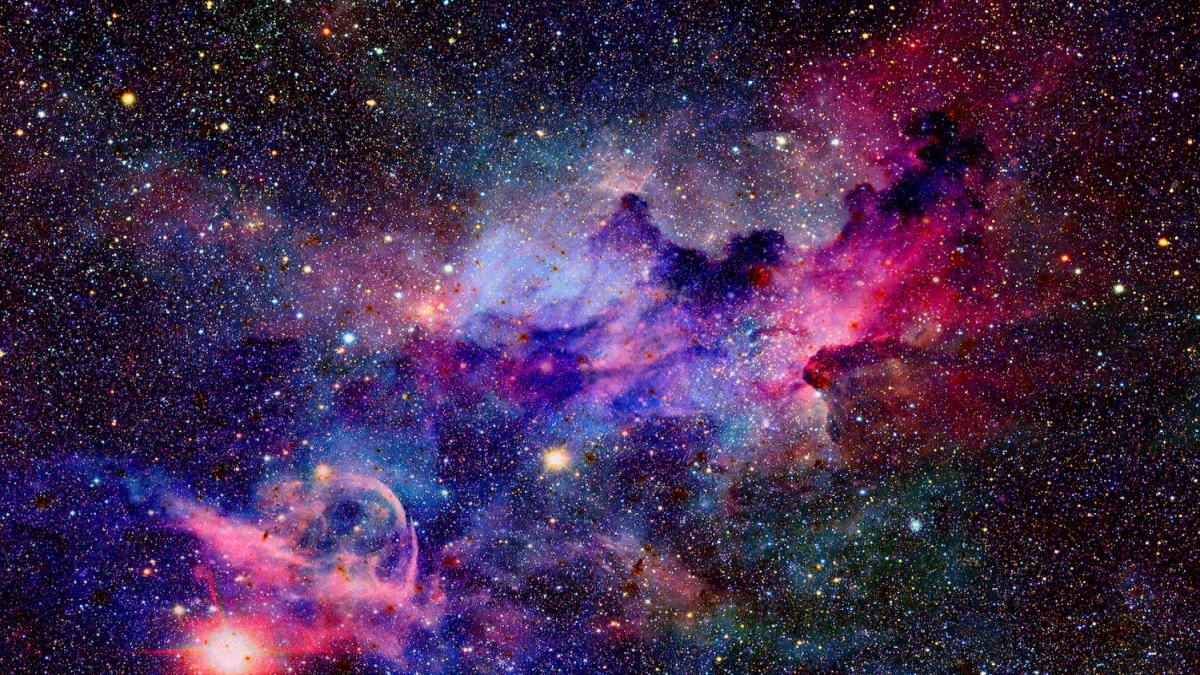


The actual shape of the cloud-like diffusion of stars surrounding the disk of our milky-way galaxy has finally been discovered. It was believed to be spherical for decades. However, with the rise in modern observatory techniques, a new model is established that showcases that the stellar halo, as this cloudy diffusion is called, is oblong and tilted.
The findings — published in this month’s ‘The Astronomical Journal’ — offer insights into a host of astrophysical subject areas. “The shape of the stellar halo is a very fundamental parameter that we’ve just measured to greater accuracy than was possible before,” says study lead author Jiwon “Jesse” Han, a PhD student at the Center for Astrophysics | Harvard & Smithsonian. “There are a lot of important implications of the stellar halo not being spherical but instead shaped like a football, rugby ball, or zeppelin — take your pick!”
“For decades, the general assumption has been that the stellar halo is more or less spherical and isotropic, or the same in every direction,” adds study co-author Charlie Conroy, Han’s advisor, and a professor of astronomy at Harvard University and the Center for Astrophysics. “We now know that the textbook picture of our galaxy embedded within a spherical volume of stars has to be thrown out.”
The Milky Way’s stellar halo is the visible portion of what is more broadly called the galactic halo. This galactic halo is dominated by invisible dark matter, whose presence is only measurable through the gravity that it exerts. Every galaxy has its own halo of dark matter. These halos serve as a sort of scaffold upon which ordinary, visible matter hangs. In turn, that visible matter forms stars and other observable
galactic structure.